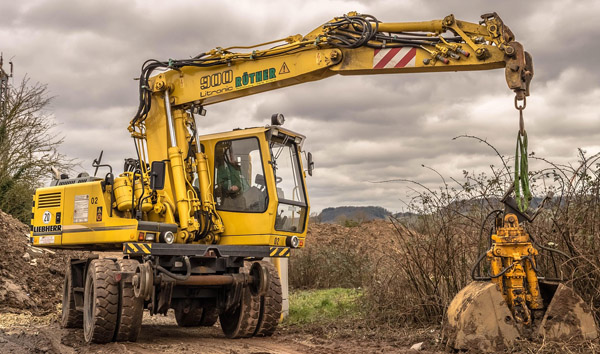The Hidden Potential of Second-Hand Rough Terrain Forklifts
2025-07-17 04:30:31
The global second-hand Rough Terrain Forklift market has witnessed steady growth, with a projected CAGR of 4.2% from 2023 to 2030, according to industry reports. These rugged machines, designed for off-road applications, retain significant residual value due to their durable construction and specialized use cases. Buyers in construction, agriculture, and logistics sectors are increasingly turning to pre-owned models to balance cost efficiency with performance demands.
One of the key drivers behind the rising demand for second-hand rough terrain forklifts is their cost-effectiveness. New models can range from $50,000 to $150,000, while used units often sell for 30-50% less, depending on age and condition. This affordability makes them attractive to small and mid-sized enterprises (SMEs) looking to expand their fleet without heavy capital expenditure. Additionally, the robust build of rough terrain forklifts ensures longevity, making even older models viable for years of service.
However, the second-hand rough terrain forklift market is not without challenges. Buyers must carefully assess factors like engine hours, maintenance history, and structural integrity to avoid costly repairs. Industry data suggests that nearly 25% of used equipment transactions face disputes over undisclosed wear and tear. To mitigate risks, reputable dealers now offer certified pre-owned programs, complete with warranties and inspection reports, enhancing buyer confidence in the second-hand rough terrain forklift segment.
Geographically, North America and Europe dominate the second-hand rough terrain forklift market, accounting for over 60% of global transactions. This is largely due to high equipment turnover in these regions, driven by strict emissions regulations that encourage fleet upgrades. Meanwhile, emerging markets in Asia-Pacific and Latin America are catching up, fueled by infrastructure development and a growing preference for cost-efficient machinery.
Looking ahead, digital platforms are revolutionizing the second-hand rough terrain forklift market. Online marketplaces and auction sites have expanded access, allowing buyers to compare prices and specifications globally. Telematics integration in newer models also provides valuable usage data, improving transparency in resale transactions. As sustainability concerns grow, the circular economy approach—extending the lifecycle of heavy equipment—will further boost the appeal of second-hand rough terrain forklifts in the coming decade.













